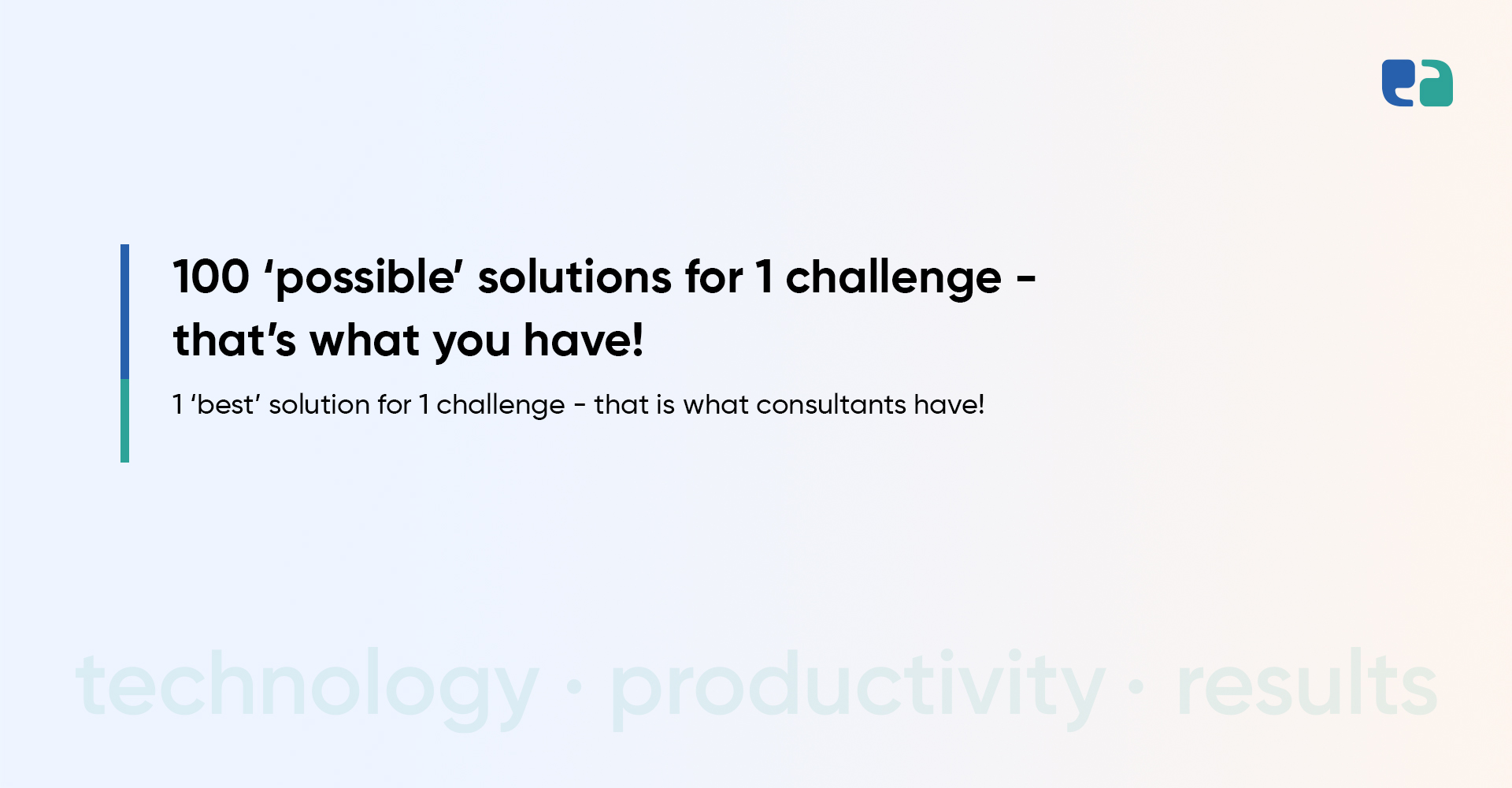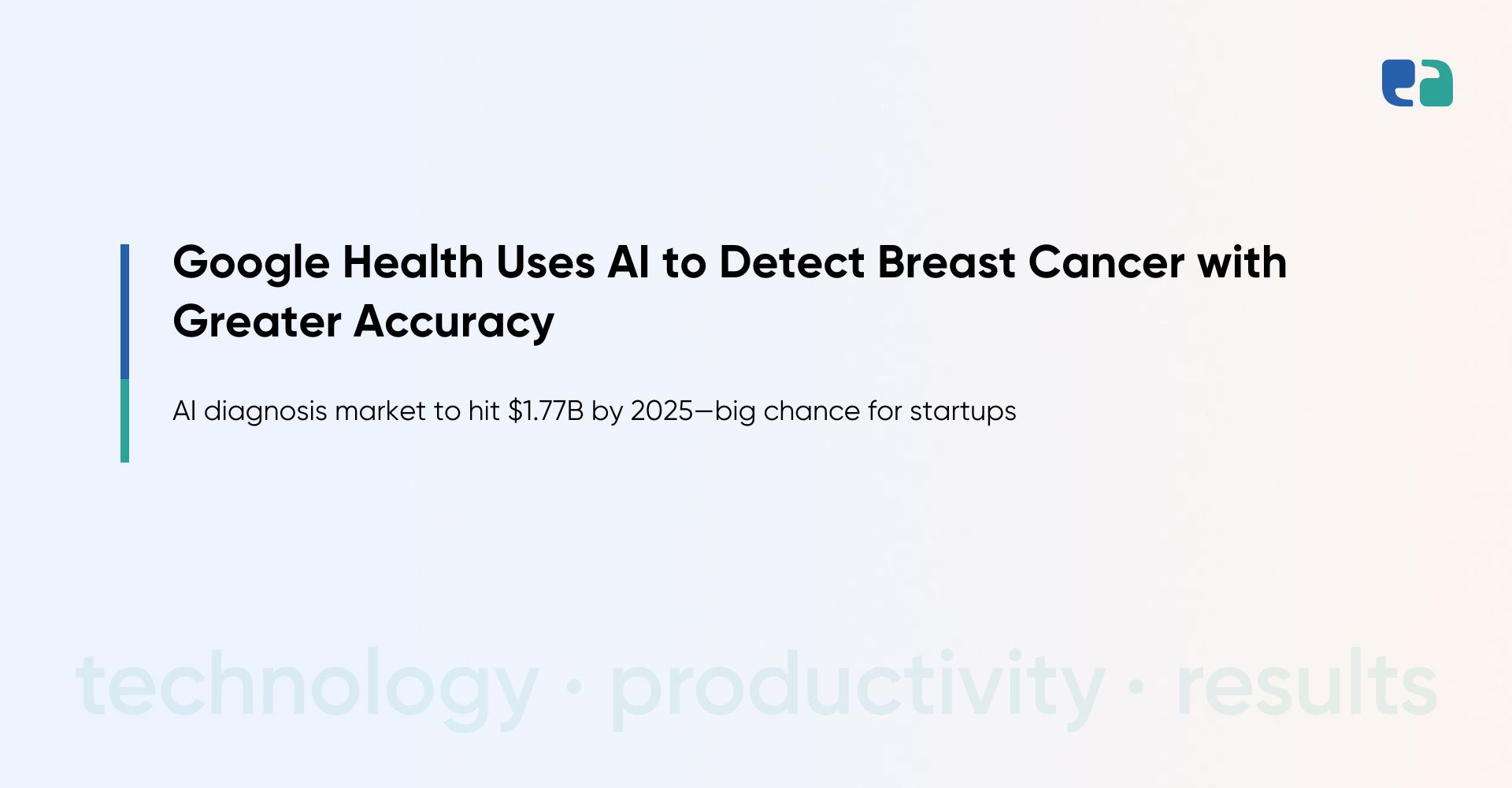Right now, hospitals are under constant pressure to deliver better care, faster and more securely.
But many are stuck using outdated technology called legacy systems.
These old systems might still work, but they lack the flexibility and features of modern solutions.
Legacy systems, often built years ago, can hold hospitals back.
One of the biggest issues is cybersecurity. As technology evolves, so do the methods of cyberattacks.
Unfortunately, older systems aren’t built to handle today’s threats.
According to a 2021 HIMSS survey, 73% of healthcare providers still use legacy systems, which are expensive to maintain and a top security risk.
For example, in early 2024, Lurie Children’s Hospital in Chicago faced a cyberattack that shut down its network for days.
This disrupted patient care, exposed sensitive data, and caused huge financial losses.
Modernizing these systems isn’t just about staying updated—it’s about staying secure and efficient.
New systems come with stronger security features, better workflows, and tools that help doctors make quicker, smarter decisions for patients.
Plus, they save money in the long run by cutting down on maintenance costs.
It’s clear: upgrading legacy systems is no longer optional. It’s essential for hospitals to thrive in the future of healthcare.
Understanding Legacy Systems in Healthcare
To understand why modernization is essential, we need to look at the common legacy systems used in hospitals and the challenges they bring. These outdated systems, while still in use, can slow down operations and create risks:
- Electronic Health Record (EHR) Systems: Early EHR systems often lack the ability to share patient information easily and securely. This creates data silos, makes collaboration harder, and increases cybersecurity risks.
- Hospital Information Systems (HIS): HIS manages administrative tasks like billing and patient registration. Outdated HIS can lead to inefficiencies, errors, and financial problems for hospitals.
- Laboratory Information Systems (LIS): Older LIS struggle to work with modern diagnostic tools. This can delay lab results, cause errors, and make it hard to integrate lab data with other systems.
- Picture Archiving and Communication Systems (PACS): Legacy PACS systems often have slow image retrieval times and limited storage. This can delay diagnoses and make it harder for radiologists to do their jobs effectively.
- Radiology Information Systems (RIS): Older RIS lack automation features, which slows down scheduling and radiology workflows.
- Telemedicine Systems: The pandemic showed how outdated telemedicine systems fall short. Poor video quality, lack of security, and integration issues can hurt the patient experience and reduce care quality.
- Claims Processing Systems: These systems handle medical billing. Legacy versions often can’t keep up with changing coding rules, leading to denied claims and revenue losses.
- Patient Engagement Systems: Older systems lack mobile compatibility and user-friendly designs. This makes it harder for patients to access their health information and stay engaged in their care.
Risks of Legacy Systems You Must Be Aware Of
Sticking with old systems puts hospitals at risk:
- Cybersecurity Threats: Outdated systems are easy targets for hackers. A report by Kaspersky found that 73% of healthcare providers use medical equipment with outdated operating systems, leaving them vulnerable.
- Inefficiency: Legacy systems often require manual work, leading to delays and lower staff productivity.
- Blocked Innovation: These systems make it harder to adopt new technologies that improve care and efficiency.
- Patient Safety Issues: Delays in accessing information and system errors can lead to medical mistakes and harm patients.
- Financial Losses: Maintaining old systems is expensive, and inefficiencies in billing can result in lost revenue.
Why Modernization Is Crucial in 2025
Factors like an aging population, rising costs, and new technologies are driving hospitals to rethink how they operate. To keep up, hospitals must move away from outdated legacy systems and embrace modern solutions.
Modern technologies such as AI, cloud computing, and IoT are transforming healthcare:
- AI improves diagnostics, personalizes treatments, and automates routine tasks.
- Cloud computing offers flexibility, cost savings, and better scalability.
- IoT devices enable remote monitoring and real-time data collection.
Legacy systems, built for a different time, cannot support these advancements.
1. The Need for Interoperability
Modern healthcare depends on interoperability—systems seamlessly sharing data. This helps:
- Coordinate care efficiently.
- Avoid repeating tests unnecessarily.
- Empower patients with access to their health information.
Legacy systems with closed designs and old data formats make interoperability nearly impossible.
2. Financial Strain of Outdated Systems
Maintaining old systems is expensive. Costs pile up for:
- Fixing vulnerabilities after cyberattacks.
- Software updates and hardware repairs.
- Support for outdated platforms.
These expenses can divert resources away from patient care. For example, the U.S. federal government spends $337 million annually maintaining just ten legacy systems.
3. The Case for Modernization
Modernizing legacy systems is no longer optional. It’s essential for hospitals to:
- Improve efficiency with faster, smarter workflows.
- Enhance patient care through advanced technologies.
- Protect sensitive data with better security.
- Achieve long-term sustainability.
By adopting modern technologies, hospitals can keep pace with the evolving healthcare landscape and meet the growing demands of patients and providers.
Case Studies: Real-World Success in Legacy System Modernization
Looking at hospitals that successfully modernized their legacy systems can inspire and guide others. Here are a few examples:
8 Easy Steps to Modernize Legacy Systems in Your Hospital
Modernizing legacy systems is a step-by-step process. It needs careful planning and ongoing attention. Here’s a simple roadmap for hospitals to follow:
Step 1: Assess Existing Systems
Take a close look at all your software and hardware. Create a list of systems and check their age, performance, and security issues.
Step 2: Define Modernization Goals
Set clear goals for what you want to achieve. Do you need better security, cost savings, or improved patient care? Align these goals with your hospital’s broader plans.
Step 3: Choose the Right Approach
Different systems need different approaches. Here are five common ones:
- Rehosting: Move the system to a modern platform (like the cloud) without changing much. It’s quick and affordable.
- Refactoring: Update the system’s code to make it faster and easier to maintain.
- Rearchitecting: Redesign the system to use modern architecture, like microservices.
- Rebuilding: Start fresh and build the system from scratch using new technologies.
- Replacing: Completely replace the old system with a new one.
Step 4: Pick the Right Technology Stack
Choose tools and platforms that fit your goals and comply with healthcare laws like HIPAA. For instance, decide on a cloud platform (AWS, Azure, or Google Cloud) and ensure your software meets privacy and security standards.
Step 5: Plan for Safe Data Migration
Data migration is tricky but crucial. Develop a strategy to ensure all data is accurate, secure, and intact during the move. Use encryption to protect sensitive information.
Discover: EHR Data Migration: Strategy, Implementation & Best Practices
Step 6: Modernize in Phases
Avoid replacing everything at once. Modernize systems step by step. This minimizes disruptions and gives time to adjust if needed.
Step 7: Test and Train
Test the new system thoroughly before going live. Ensure it works properly and securely. Train your staff so they can use the new system confidently.
Step 8: Monitor and Maintain
Modernization doesn’t stop after launch. Regular updates, security patches, and ongoing monitoring are essential to keep the system running smoothly.
Choosing the Right Partner for Modernization
Modernizing healthcare IT systems is complicated. It’s not something hospitals should do alone. The right technology partner can make the process smoother and more successful.
Here’s why a good partner is essential:



